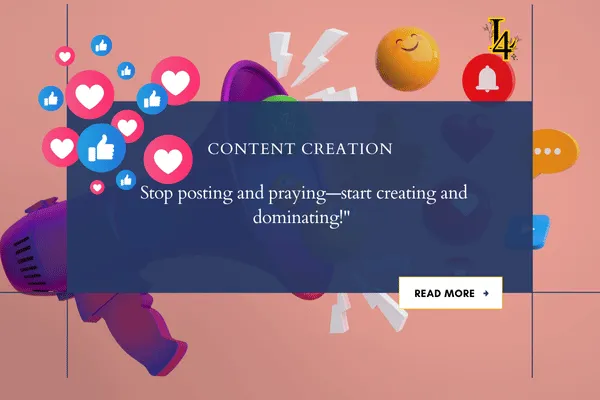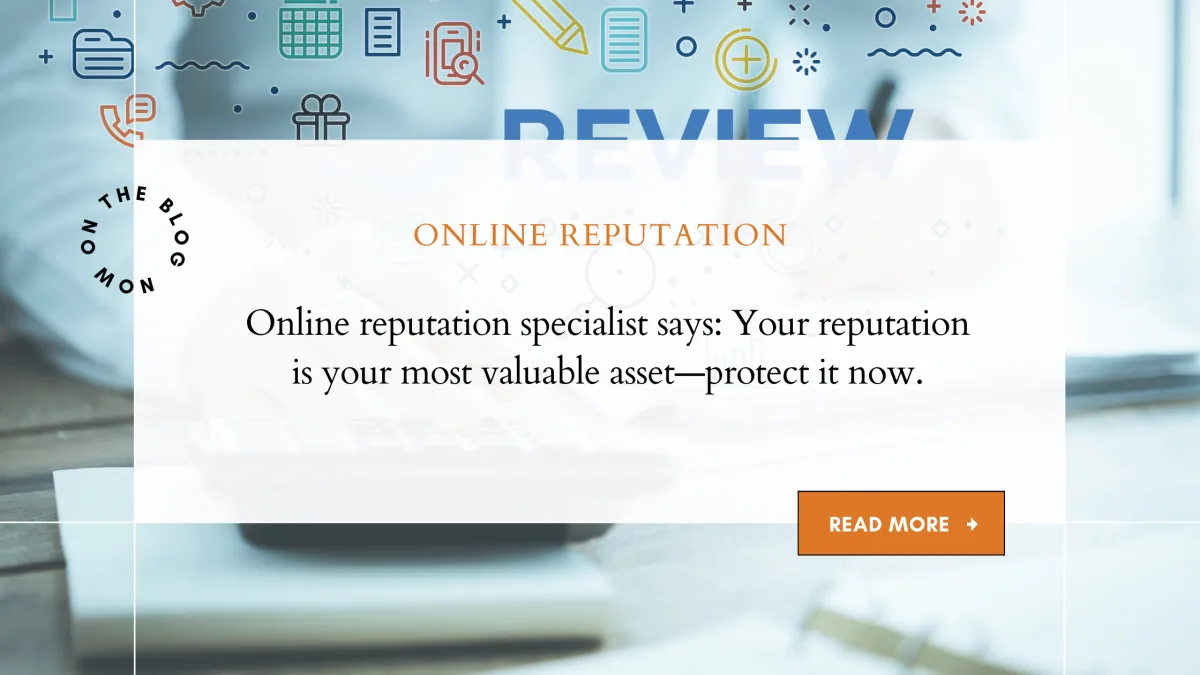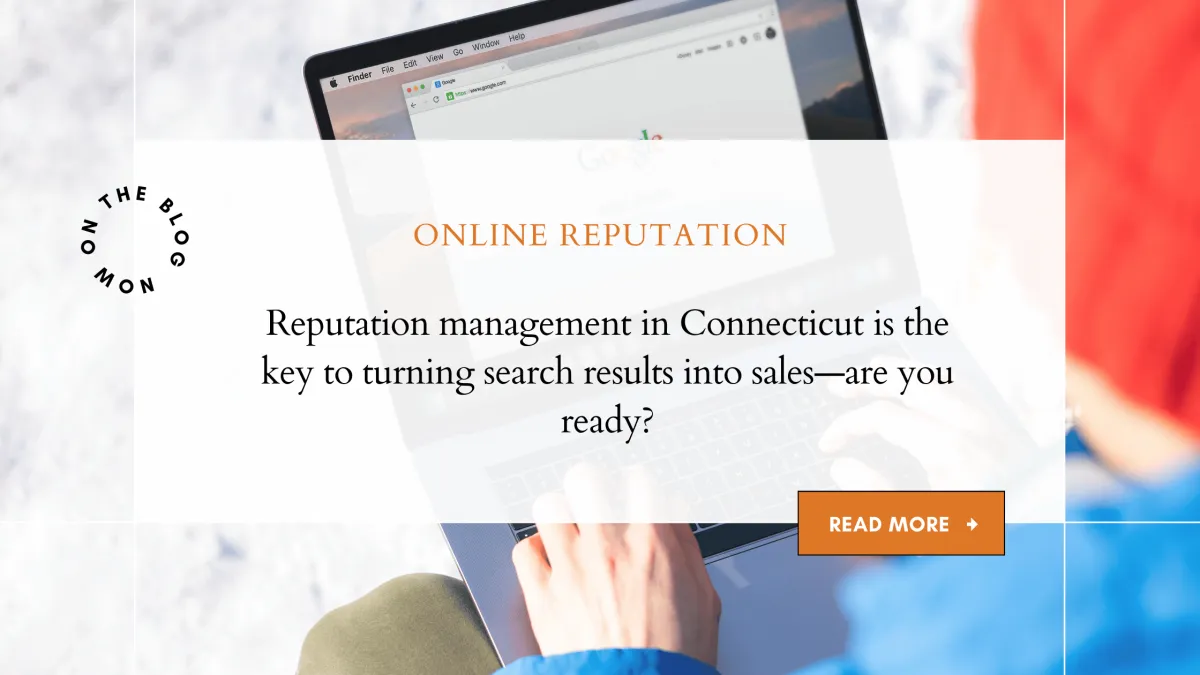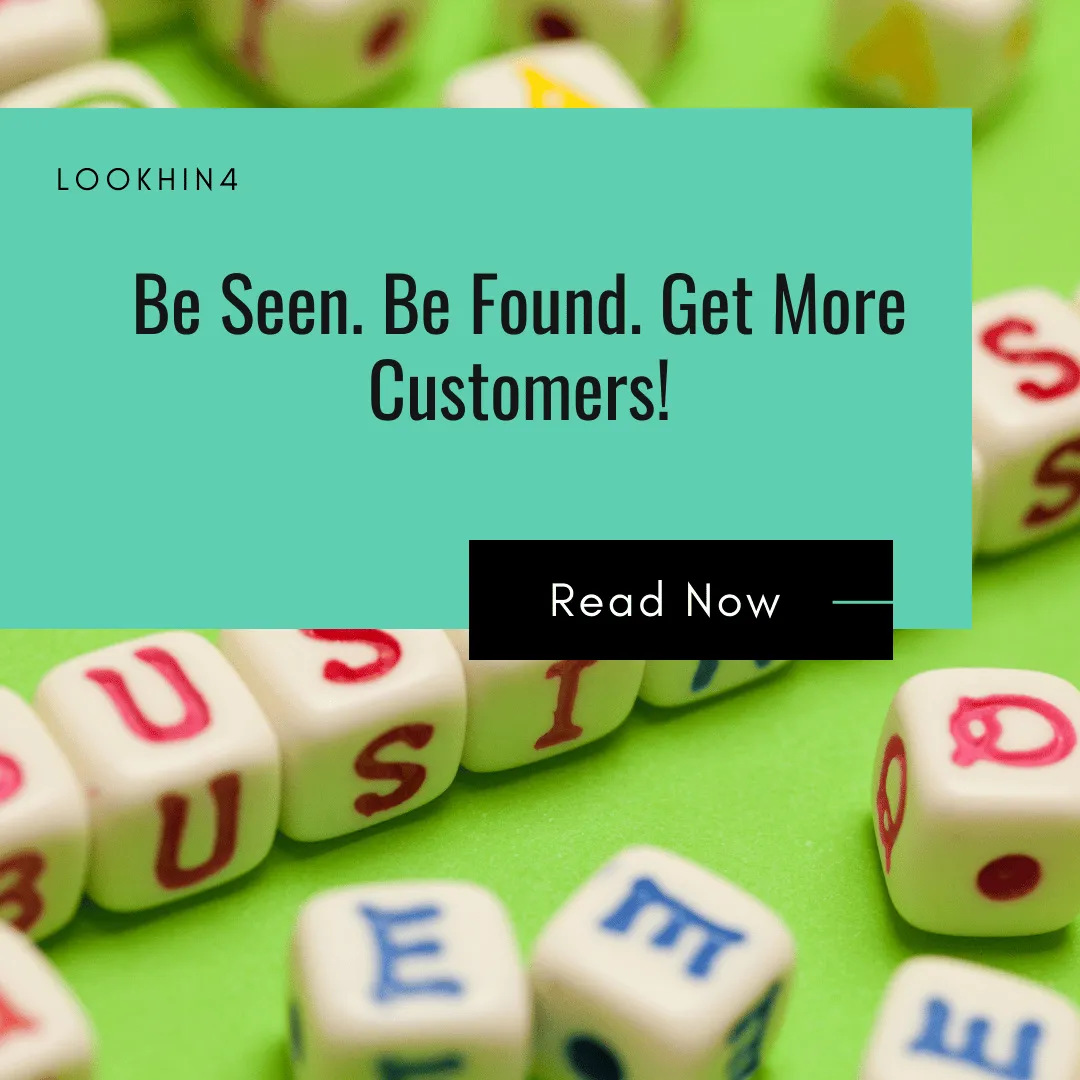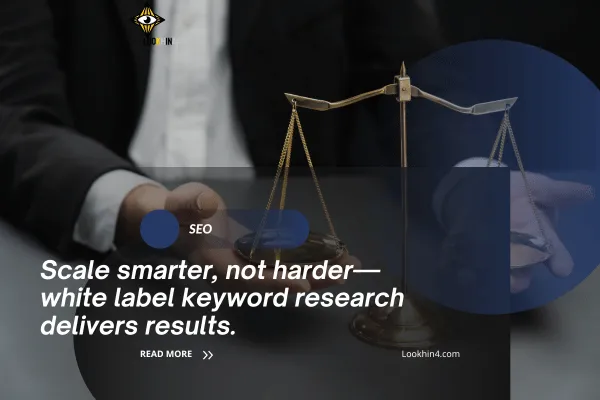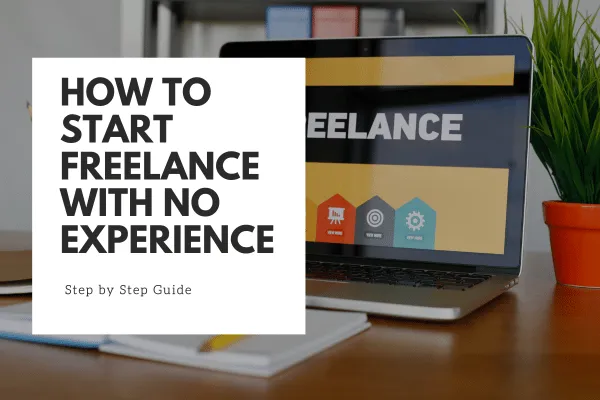
Top Techniques for Effective Reputation Management in 2024
7 Best Ways to Decrease Negative and Low Reviews on Google
Let me tell you a secret—your online reputation is your business’s first impression, and trust me, you want it to be good! I’ve worked with my own business (and plenty of others) to tackle the not-so-fun world of negative Google reviews.

Spoiler alert: You don’t have to panic over low ratings. You can turn those pesky 1-star reviews into opportunities to shine! Here are the 7 best ways I’ve mastered reputation management to keep Google reviews looking sharp and business booming.
Why Reputation Management Is Your Secret Weapon 💪
Did you know that most people read Google reviews before deciding to buy from a business? Yep, they totally do! Managing your reputation online isn’t just smart—it’s survival. A bad review can feel like a dagger, but when handled the right way, it becomes a chance to win hearts (and dollars). And for the record, I’m not just talking about smoothing things over; I’m talking about creating a rock-solid reputation management strategy. Ready to get started? Let’s go!
1. Ask for Honest Feedback—Like, All the Time! 🎤

Ever notice how only unhappy customers leave reviews? That’s because happy people usually move on with their lives! Here’s what I did: I asked my customers directly for their honest feedback. I mean, really asked! When you invite feedback, people feel valued. Even negative comments can point out areas for improvement. Pro tip: Ask specific questions like, “What’s one thing we could do better?” You’ll get the good, the bad, and the hilarious.
Why This Works:
Builds trust because people love a business that keeps it real.
Provides a goldmine of insights to fix what’s broken (or polish what’s already shiny!).
2. Bring in the Big Guns: Reputation Management Services 🕵️♂️
Let’s be real—handling reviews can be a full-time job. That’s where reputation management services saved my sanity. These companies monitor reviews, handle complaints, and even teach you how to ask for more positive reviews. They basically swoop in like superheroes for your online image. (No cape required.)
Why This Works:
Covers not just Google but every platform your customers use.
You get expert advice on dodging common pitfalls, like responding to Karen’s rant in ALL CAPS.
3. Automate the Magic with Reputation Management Software 🤖
If hiring a service isn’t in your budget, I’ve got you. Reputation management software is like having a personal assistant who never takes a coffee break. These tools send alerts whenever someone drops a new review and help you track trends in customer feedback. I can’t tell you how many late-night panic sessions this software has saved me from!
Why This Works:
Lets you respond faster than you can say, “Oops, our bad.”
Tracks progress so you’ll know if your efforts are paying off (hint: they will).
4. Kill 'Em with Kindness: Respond to Negative Reviews Nicely ✌️
You know the saying, “Don’t feed the trolls”? Well, it’s 100% true. A rude response can do more damage than the review itself. Instead, take a deep breath, stay calm, and respond with professionalism (and maybe a little charm). I’ve turned frowns into smiles just by apologizing and offering solutions. Sometimes, that’s all it takes to turn a 1-star review into a 5-star update!
Why This Works:
Shows potential customers that you genuinely care.
Turns your critic into a fan—because who doesn’t love good customer service?
5. Show Off How You Fix Problems 🛠️

When you solve an issue, don’t keep it a secret! Reply to reviews and let everyone know what you did to make things right. I’ve had customers update their reviews after seeing how seriously we took their concerns. Transparency is your best friend, folks!
Why This Works:
Builds trust by proving you walk the talk.
Turns bad reviews into a story about how awesome your business is.
6. Embrace the Imperfect: Keep Your Review Profile Balanced ⚖️
Here’s a hot take: A few bad reviews actually make your business look legit. Think about it—if every review is 5 stars, people start to get suspicious. When I stopped sweating over the occasional 2-star, I realized that a mix of good, bad, and meh reviews makes my business look real and relatable.
Why This Works:
Customers trust authenticity, not perfection.
Keeps your review profile grounded in reality (not unicorn dreams).

7. Honesty Is the Best Policy (Yes, Really) 🧡

Let me say this louder for the people in the back: Be honest about your mistakes! I’ve publicly admitted when we messed up, and you know what? Customers appreciate it. When you own up to your flaws and fix them, people see you as trustworthy and human. And honestly, who doesn’t root for a business that’s trying its best?
Why This Works:
Shows customers you’re committed to improvement.
Builds loyalty because people love a business that keeps it real.
How Reputation Management Software Ties It All Together 🖥️
Now, imagine combining all these strategies with reputation management software. That’s where the magic happens! With alerts for new reviews, detailed analytics, and tools to streamline responses, this software has been a total game-changer for me (and my stress levels). If you want to master reputation management without losing your mind, you need this tech in your life.
Examples of Reputation Management in Action 📚
1. Turning a 1-Star Review into a 5-Star Win
A restaurant I worked with had a customer complain about cold food. The owner responded quickly, apologized, and offered a free meal. The customer updated their review to 5 stars and became a loyal patron!
2. Using Software to Spot Trends
A retail store noticed a trend of complaints about long checkout lines. With reputation management software, they tracked feedback and added more staff during peak hours—problem solved!
3. Highlighting Problem-Solving Skills
A service company replied to a negative review about delayed delivery by explaining the cause and offering a discount. Their transparency gained them praise, and the customer updated their review.
4. Building Trust with Honest Replies
A salon received criticism for a botched haircut. The owner owned up to the mistake, invited the client back, and fixed the issue. The client not only changed their review but also posted a glowing recommendation.
Powerful Statistics to Back It Up 📊
88% of consumers trust online reviews as much as personal recommendations (BrightLocal, 2023).
53% of customers expect businesses to reply to negative reviews within a week (ReviewTrackers, 2023).
Responding to reviews increases customer loyalty by 30% (Forbes, 2022).
70% of consumers say a brand's review responses influence their decision to buy (Google Consumer Insights, 2023).
FAQs (Because You’re Totally Thinking This)
What’s the best way to handle negative reviews?
Stay cool, apologize, and offer to fix it. A little kindness goes a long way!
Can negative reviews actually help my business?
Oh, absolutely! They show you’re authentic and give you a chance to shine when you fix things.
How can reputation management software help?
It tracks reviews, sends alerts, and makes responding a breeze. Seriously, it’s like a cheat code for your reputation.
Can I get negative reviews removed?
If they’re fake or inappropriate, report them to Google. Otherwise, you’ll need to handle them the right way.
Managing your online reputation isn’t rocket science—it’s about honesty, consistency, and the right tools. Whether you’re responding to reviews, using reputation management software, or hiring a service, every small step adds up to big improvements. Trust me, I’ve done it, and so can you! Let’s make those Google reviews sparkle! 🌟





